There is a knowledge and a weight that comes with studying climate change, and I think that a lot of us are asking “How do we have hope? What can I do in the face of this?” And a lot of this book is about finding faith in our ability to deal with climate change.
In last week’s Science Sandwich, conservation scientist, professor and author Lauren E. Oakes spoke about her new book, In Search of the Canary Tree and one of unexpected outcomes of her six-year study of the yellow-cedar in Alaska: an exploration of the emotions surrounding climate change and a search for a source of hope.
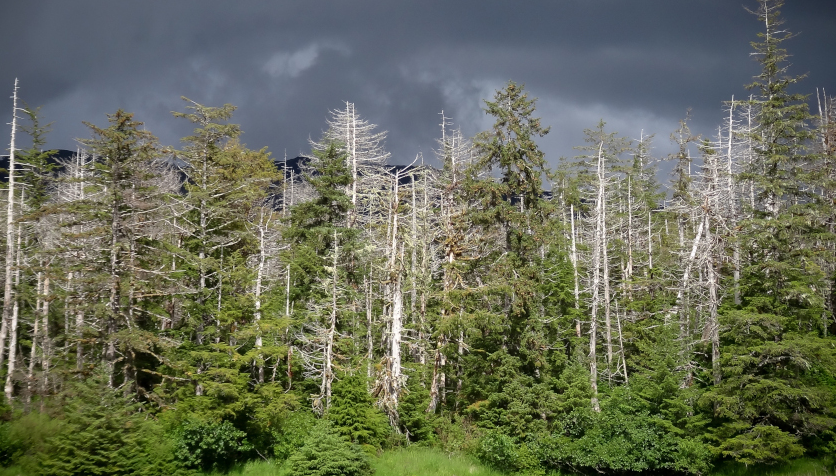
When planning for her field study of the dieback of Alaska’s yellow-cedar, Lauren E Oakes planned for nearly everything: designing the study, reading about the topic, planning safety measures for an expedition. But what she didn’t plan for was the knot of emotion that she would feel upon seeing giant swaths of dead forest for the first time or the challenge of reacting to an ongoing tragedy.
In Search of the Canary Tree: The Story of a Scientist, a Cypress and a Changing World, explores Oakes‘ evolution from an ecologist to social scientist to writer and reporter and tries to answer the question: How do you live with what you know and how do you have hope for the future?
Setting the scene
Oakes describes the North as a place where climate change is accelerated compared to the rest of the world. As a place where the consequences are no longer hypothetical but rather, a lived experience, she sees the adaptation and coping methods of the people in Alaska as a sort of “looking glass” into what other places will experience in the years ahead.
In the Alexander Archipelago’s unique coastal temperate rainforest, the majestic Callitropsis nootkatensis is dying off in waves as a consequence of climate change. A lack of snow, which normally serves as an insulator for the roots of the tree, is leaving saplings vulnerable to freezing. While it may seem counterintuitive that the trees are dying from freezing in a warming world, this paradox helps underline the difficulties of communicating the complexity of climate change.
In addition to chronicling the changes in the natural environment as an ecologist, Oakes found herself also trying to understand the impact of the forest die off on the people who had relationships with the trees. She also decided to explore whether or not the concept of “KAB” (Knowledge, Attitude and Behavior) in behavioral change research applied within the community: does having knowledge of the issue affect people’s attitudes and inspire problem-solving behavior?
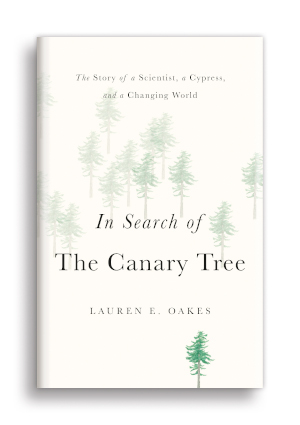
Why the “Canary Tree?”
Many of us are familiar with the concept of the canary in the coal mine—the idea of putting a sensitive species, like a canary, into a mine shaft with humans to test for dangerous carbon monoxide levels– the idea being that the bird would serve as an indicator or advanced warning of danger and allow people to get out of the mine in time.
In the Alexander Archipelago, the yellow-cedar seems to serve as the canary and its die-off an indicator of what is to come climate with climate change… and an incentive to action and adaptation. As the community gained knowledge and understanding of how climate change was affecting their trees, their attitudes and their behavior also evolved.
One of the problems of climate change, Oakes explained, is that we often think of it as a global problem, but that in order for action to happen, we need our own canary. Individual and collective action is born not simply of knowing that climate change is happening, but of understanding, witnessing or feeling connected to a local impact.
And in Chamonix ?
At CREA Mont-Blanc, we see a lot of links between what is going on in the Mont-Blanc massif and Lauren’s work. Like in Alaska, the temperature in the Alps is rising much more quickly than in the rest of the Northern Hemisphere: climate change is no longer theoretical, but a reality. Our work is helping to identify our local canaries by documenting how climate change is impacting the local environment and anticipating how our landscape will change in years to come. We believe that the Mont-Blanc massif can also serve as a sort of looking glass for the future. The changes we see here, as well as the way our territory chooses to respond and adapt (with resignation and sadness, or with hope and ingenuity), can be instructive for other communities preparing for a warming world.
Lauren graciously accepted that we record her and share her talk. Please listen and share!
To Learn more about Lauren E. Oakes’ work, check out her website, or read her latest writing in Scientific American.
To get your own copy of In Search of the Canary Tree: The Story of a Scientist, a Cypress and a Changing World
Written by Hillary Gerardi

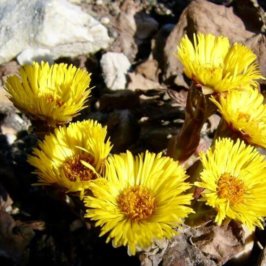
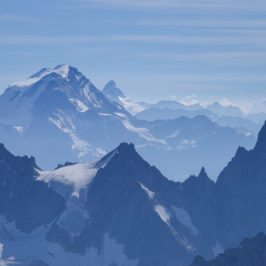

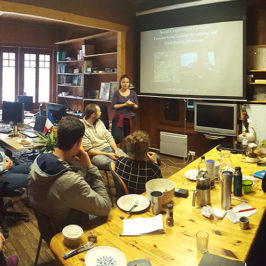
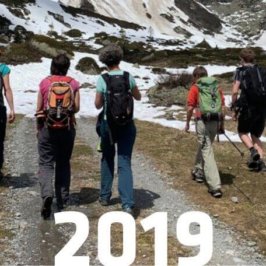
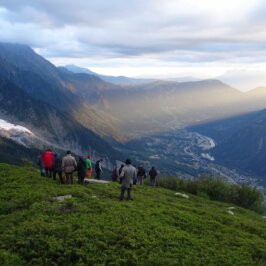
Leave a Reply